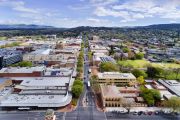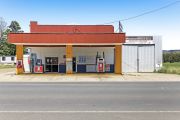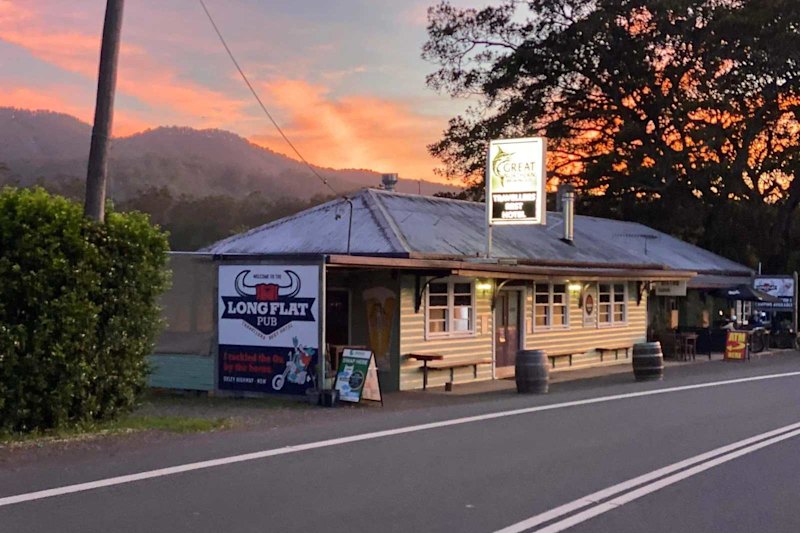
$2.5b disability housing sector set to explode in size
Specialist housing for disabled people, which has grown from nothing into a $2.5 billion asset class in just five years, is poised to expand a further fivefold in response to demand for housing that meets the needs of an estimated 28,000 young people, a new industry report shows.
But without reforms to end “opaque” decision-making by the National Disability Insurance Agency and the provision of more up-to-date information for the growing pool of investors wanting to expand the specialist disability accommodation sector, that growth is at risk, the SDA Investor Think Tank report says.
Fund managers such as Australian Unity, Macquarie and Lighthouse Infrastructure – all part of the think tank – will on Friday tell Government Services Minister Linda Reynolds that big changes are needed to realise the potential of SDA housing and make it into a $12 billion social impact asset class, dwarfing other sectors such as social impact bonds ($66 million) and impact private equity ($97 million).
The managers, who collectively have put $650 million into financing nearly 1000 places for NDIS participants, warn that without reforms such as a senior person in the NDIA responsible for engaging with the sector and regular quarterly statements analysing and anticipating the market, investors will limit their exposure.
“It’s the institutional phase of the market now,” said Matt Tominc, the chief investment officer of impact investor Conscious Investment Management.
“It’s moved beyond early stage fund managers still refining their models. We’re now getting to the scale phase where there’s an opportunity to show how the market can work for the maximum impact.”
A spokeswoman for Ms Reynolds said she was also keen to ensure a mature market.
“The NDIA has been working with the market to better understand challenges and identify opportunities to increase and maintain SDA supply,” the spokeswoman said.
SDA investments focus on income, as the high level of modification required to many of the buildings mean capital returns are limited.
“What we’d say in terms of returns at the macro level, they’re slightly above residential property market rates,” Mr Tominc said.
A survey of funds last year by the not-for-profit Summer Foundation found the estimated returns from SDA investors varied according to whether the funds were open to retail investors or only to institutional and sophisticated investors, the value of investment and length of investment, and the after-fee, pretax returns varied between 7 and 14 per cent.
High-density focus
The federal government last month dumped a controversial plan to impose independent assessments on NDIS participants, but it is still pressuring state governments to agree to reforms that would reduce growing costs of the ground-breaking scheme that enjoys bilateral support.
Mr Tominc said regulatory risk should not be a concern for potential SDA investors as the scheme itself was “incredibly well designed” and subsidy costs related to the bricks-and-mortar investments were not likely to surge.
“The key thing will be recognising the clear difference between SDA and support costs in SDA,” he said. “Historically inflation has occurred at that support level. Investors in this space are exposed to different risks.”
One of the think tank’s recommendations is a review that would allow a distinction to be drawn between costs of the two.
“The review should compare the cost of supported independent living across a range of dwelling types and settings, and make recommendations about housing and support models that are cost-effective,” the report says.
One problem with SDA funding is a subsidy system that effectively encourages development of high-density housing for recipients with high physical support needs and effectively discourages development of more land-intensive, larger housing for clients with behavioural needs, such as high-end autism.
Mr Tominc said the onus was on investors to work with SDA providers to ensure they were developing housing for which there was a genuine demand.
“Although the way payments are allocated may favour a particular type of apartment, if there’s an oversupply of that, then investors won’t be earning any return,” he said.











